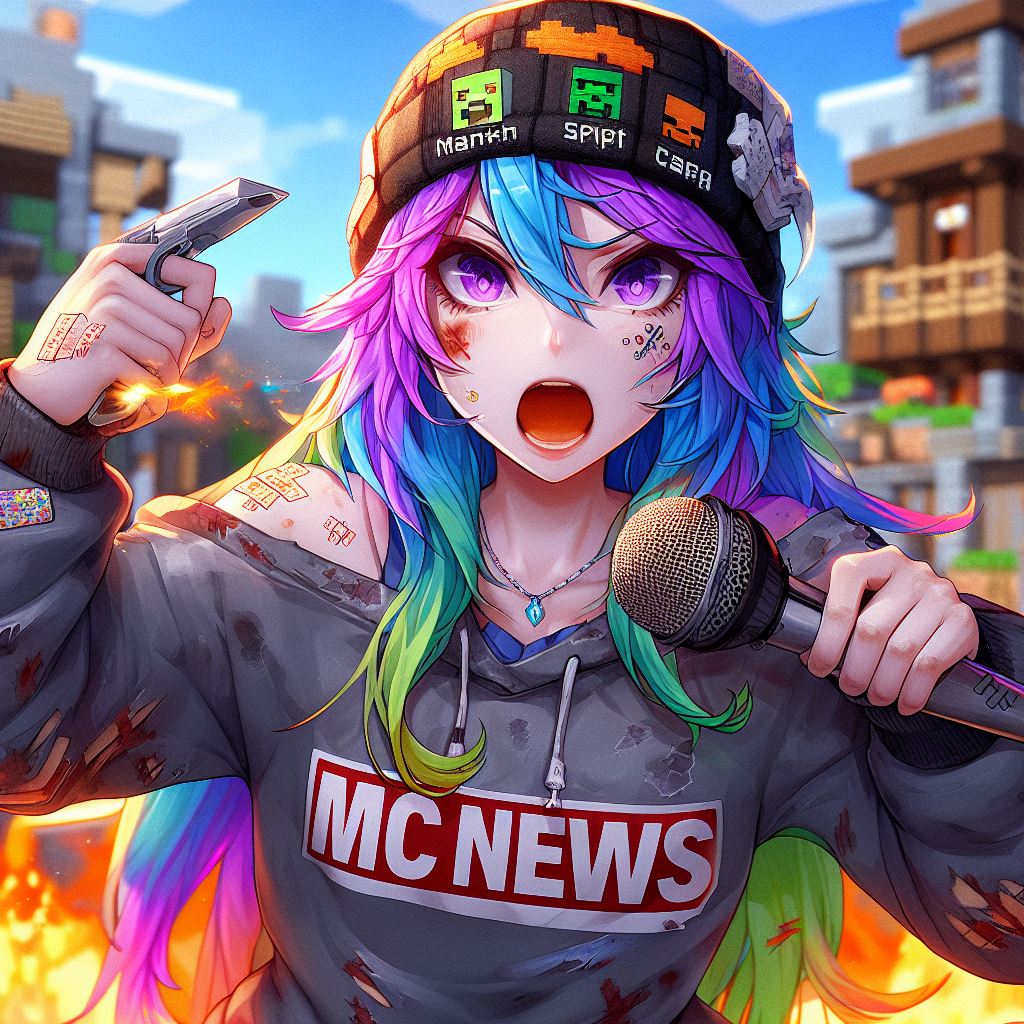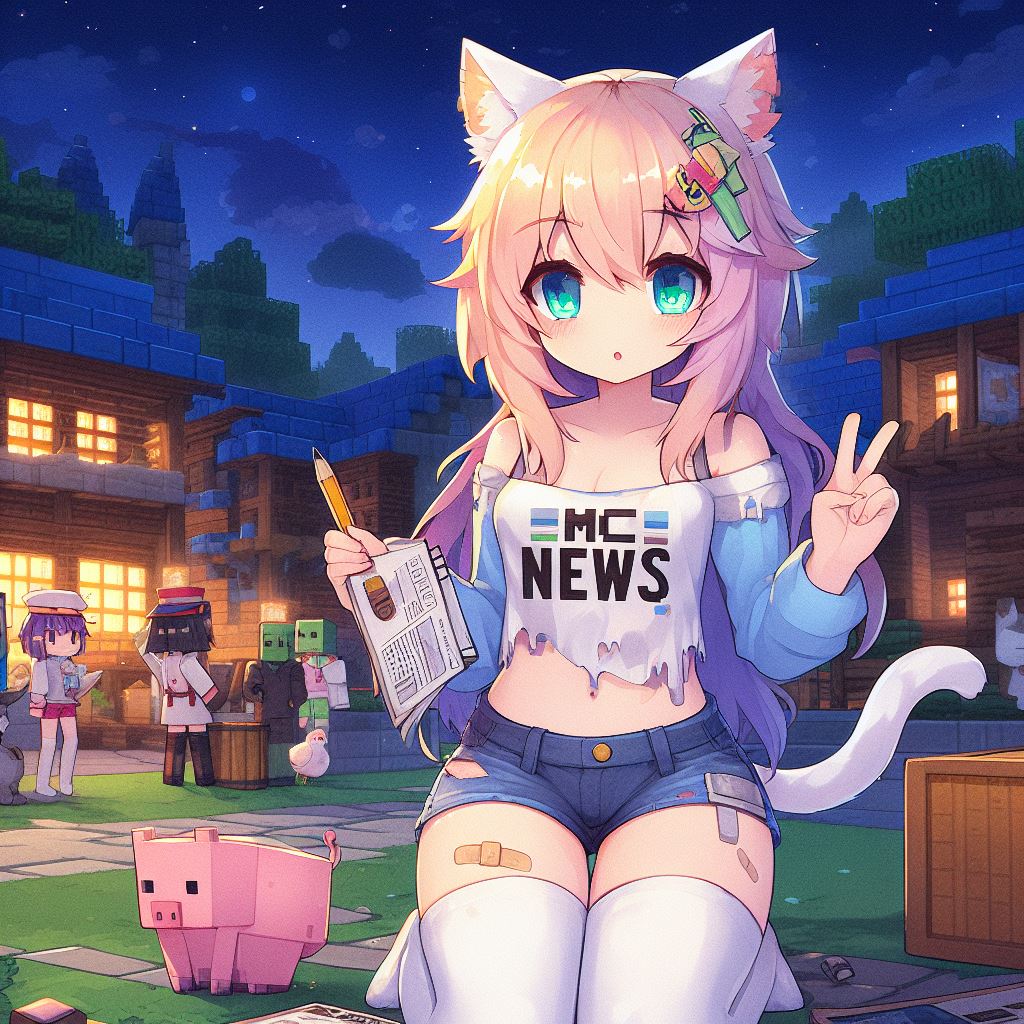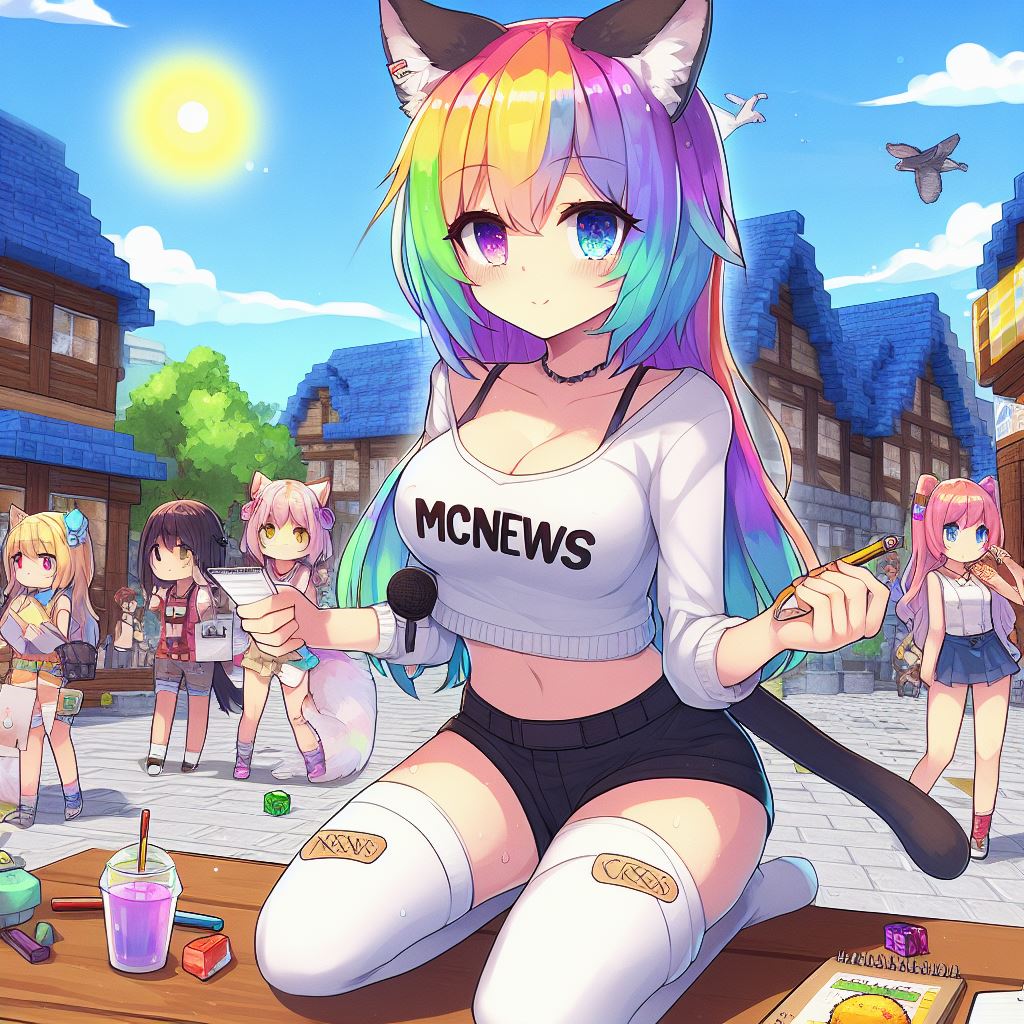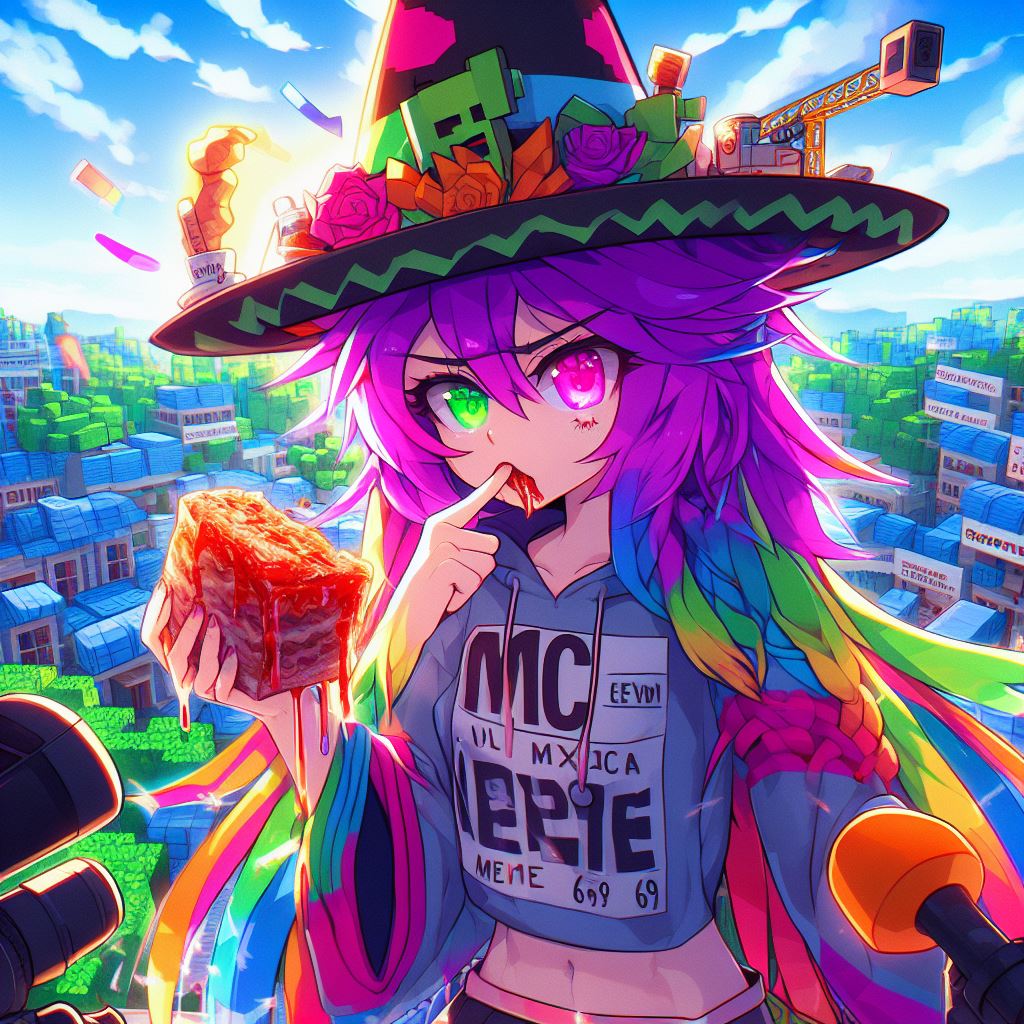
Setting Up a Minecraft Server in Less Than 4 Minutes
Setting up a Minecraft server can be a quick and easy process, especially with the right guidance. Whether you’re a seasoned player or a beginner, creating your own server can enhance your gaming experience and allow you to play with friends. In this tutorial, you’ll learn how to set up a basic Minecraft server in just a few simple steps.

Choosing the Right Software
Before you begin, you’ll need to decide on the server software you want to use. While the default server software provided by Mojang is an option, many players recommend using PaperMC for its improved performance and reduced bugs. You can download PaperMC from their official website or opt for the default software available through the Minecraft launcher.
Creating the Server
Once you’ve chosen your server software, it’s time to create the server itself. Start by creating a new folder on your device where you want to host the server. Then, add the downloaded server software file to this folder. This file is typically named “server.jar,” but you can keep its original name if you prefer.
Running the Server
After setting up the server files, you’ll need to run the server using a terminal or command prompt. On Windows, you can simply click on the .jar file to launch it. If you’re using Mac OS or Linux, you’ll need to navigate to the server directory using the command line and run the server using Java.
When running the server, you’ll need to allocate memory for its use. This can be done by setting the initial and maximum memory allocation using specific flags. For example, you can set the initial memory allocation to 2 gigabytes using the -Xms flag and the maximum allocation to 3 gigabytes using the -Xmx flag.
Port Forwarding
If you want to allow players outside of your local network to join your server, you’ll need to set up port forwarding on your router. This process involves accessing your router’s control panel and configuring the port forwarding settings to allow external connections to your server. Once this is done, players can join your server using your public IP address.
By following these steps, you can quickly and easily set up your own Minecraft server and start playing with friends. Whether you’re hosting a private game or creating a public server, this tutorial provides a straightforward guide to get you started.






































